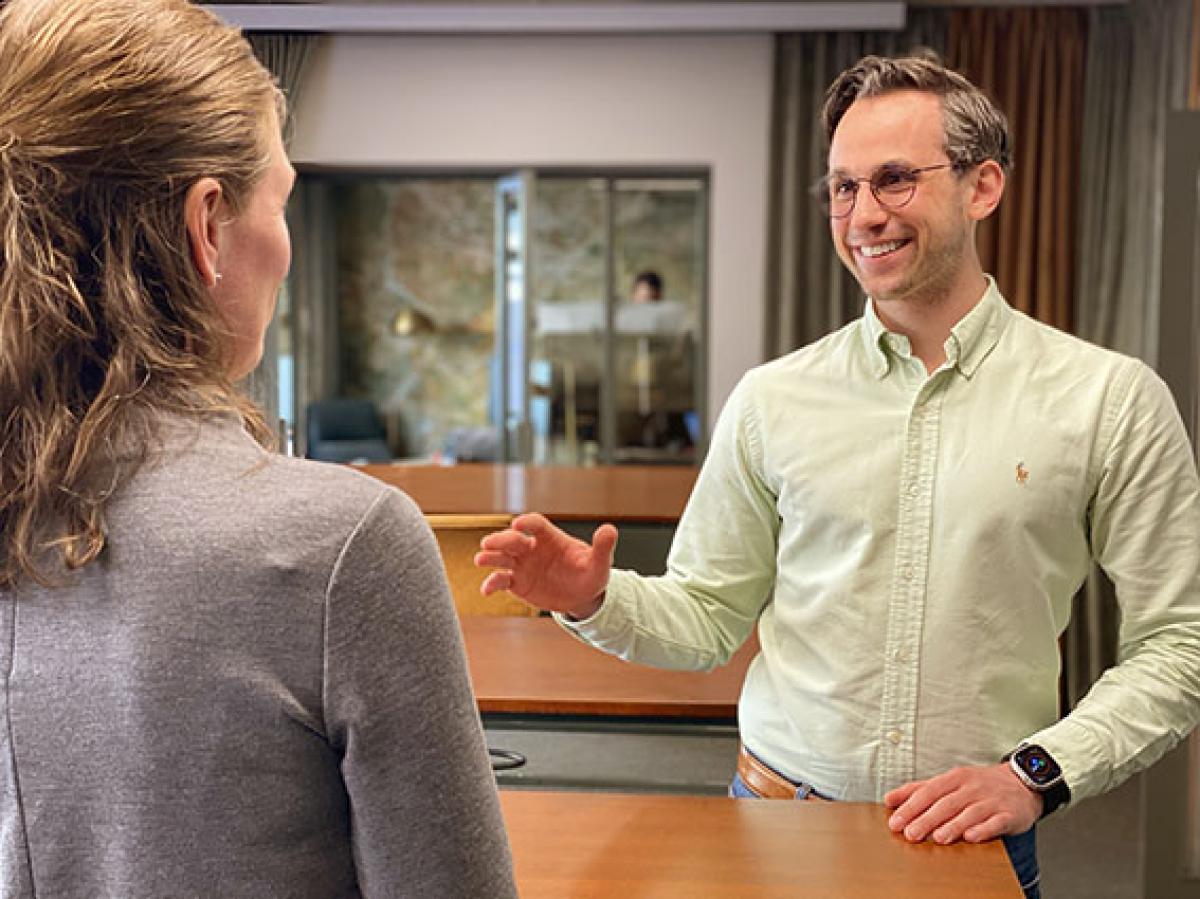In the previous articles in this series, we discussed how to gather the needs/requirements of the business and then translate them into measurable goals. We also talked about how to staff a development team and which skills/experiences to focus on and how they are linked to the goals.

I also touched on the agile principles and Scrum and how to get started with using them in practice. Then, I discussed communication, collaboration, and the importance of getting to know each other. Lastly, I delved into how you can implement the CI/CD mindset in your team and how it can ensure that the team's deliveries are always up to date. But what do you do if things don't work as they should? If conflicts and stressful situations arise, it is good to be prepared and have some ideas on what can be done. That's what we'll talk about in this article.
Open, direct dialogue and an inclusive environment
I have previously touched on this topic, and the reason it keeps coming up is that it is such a fundamental building block that can easily disrupt the entire team's work if not handled properly. I will not repeat the same things here but recommend that you read my earlier articles that address this. An addition to the previous discussions is that if a conflict arises between two individuals, it is good to sit down with these two people, address the issues that caused the conflict, and see if you can handle it together and reach some kind of compromise, while also considering how to prevent this type of conflict between these two individuals in the future.
I will not claim that all conflicts can be resolved in this way, but addressing them as soon as possible significantly increases the chance of minimizing their impact on the rest of the team.
Train team members in conflict resolution
Another way to make the team more effective in handling conflicts is to educate team members in conflict resolution and combine this with workshops where they can practically test different tools and methods. One highly effective method to prevent or at least reduce the risk of conflicts is to train everyone in active listening. Active listening means truly listening to what the other person is saying, not just sitting passively and hearing the words. There are different techniques to learn to become a more active listener, but some basic elements include providing responses while listening. These responses can involve nodding, asking questions, and summarizing certain points the speaker has made. All of these actions show that you are interested in what is being said and not focused on something else.
Active listening also involves minimizing distractions as much as possible. Do not fiddle with your phone or computer while listening. Choose an environment where you will not be constantly interrupted by others with questions and different tasks. For example, if you work in an open office landscape, it may be a good idea to move to a meeting room on another floor and have the conversation there. This way, no one accidentally sees you and interrupts. Definitely avoid sitting in the open landscape where others are sitting, as the risk of distractions becomes significant there.
Other things to keep in mind include listening with empathy, trying to understand the speaker's emotions when they share their thoughts. Also, remember to maintain eye contact occasionally, as not looking at the speaker might give the impression that you are not focused. Let the speaker finish their thoughts. Sometimes it can be frustrating, and it may be challenging to refrain from interrupting, but restrain yourself and wait for a natural opportunity to contribute your own insights or comments.
Teambuilding
As I mentioned earlier, it is important to get to know your team members outside of work as well. This breaks down the natural barriers we have and makes it easier for everyone to contact each other in a more natural way. I will not go into all the suggestions for different activities that I mentioned in my previous post, but take a look at that article for plenty of tips and advice on this topic.

Create a healthy work environment
A healthy work environment is one where people feel comfortable, where they help each other, and where trust can be established. Many of the previous points I mentioned also contribute positively to the work environment. Things like conflict resolution, getting to know each other, building trust, active listening, and more are all beneficial for creating a more pleasant workplace. Some more specific tips you can consider are taking breaks together and going for a walk, for example. If you have recreational areas at work, it can be a good opportunity to use them. Whether it is a ping pong table, a pool table, shuffleboard, or any other game doesn't matter as much. The important thing is that you do something other than just sitting and typing on keyboards.
If the team is ready for it, you can also introduce relaxation exercises like yoga and meditation. However, be a bit cautious with this as many teams may not be ready for it, and it might feel a bit strange to engage in what they perceive as 'fuzzy' exercises.
Another contributing factor to a better work environment can be offering the opportunity for remote work so that employees don't have to spend time commuting to/from the office on certain days. But keep in mind that too much remote work can make it challenging for team members to feel the same sense of unity if they never meet physically. It is not the same to only meet over a video link or, worse, without video, with only audio.
In the next article, I will go through a method for conducting an inventory of the responsibilities and skill areas within a team.
